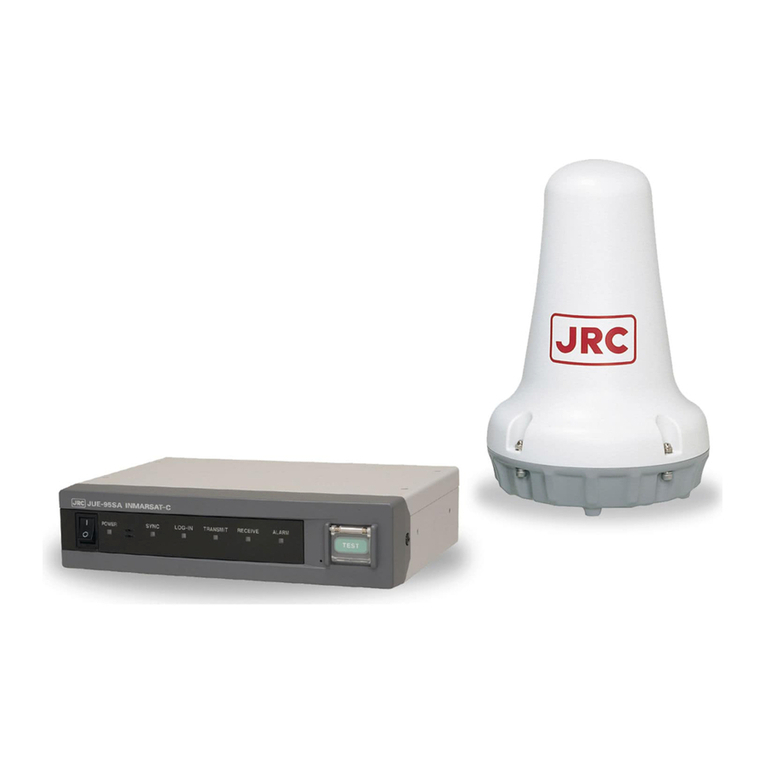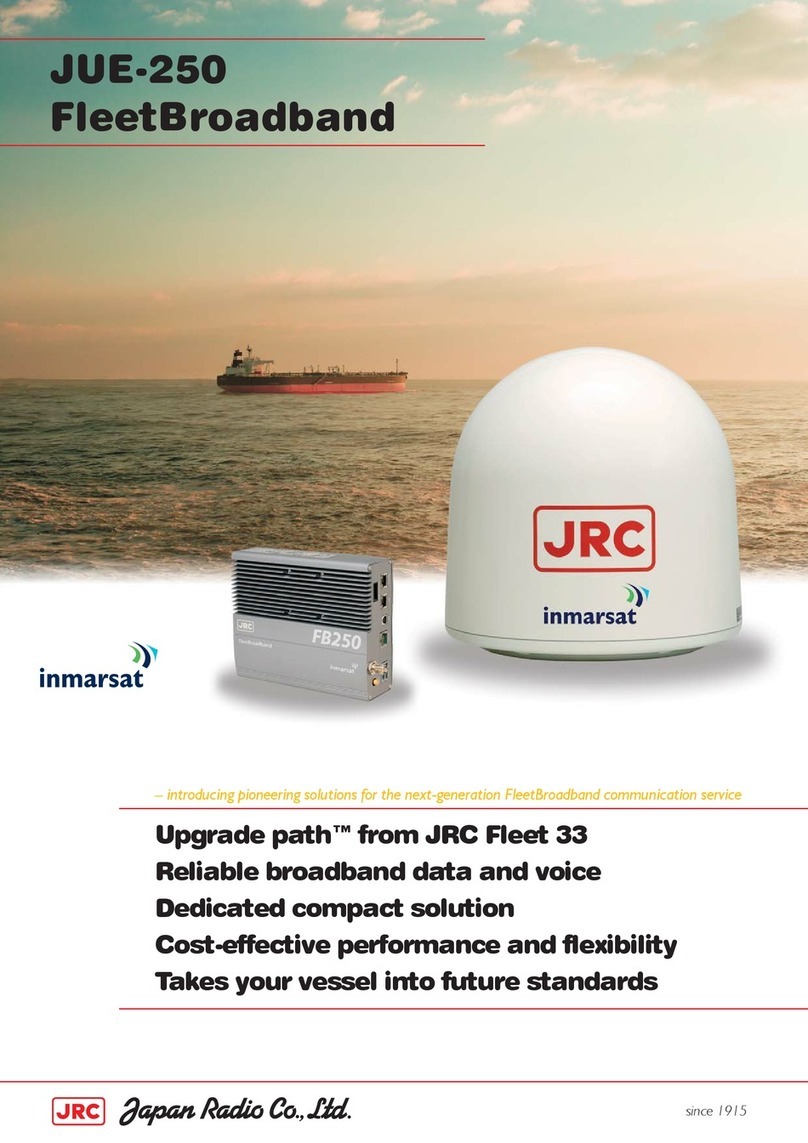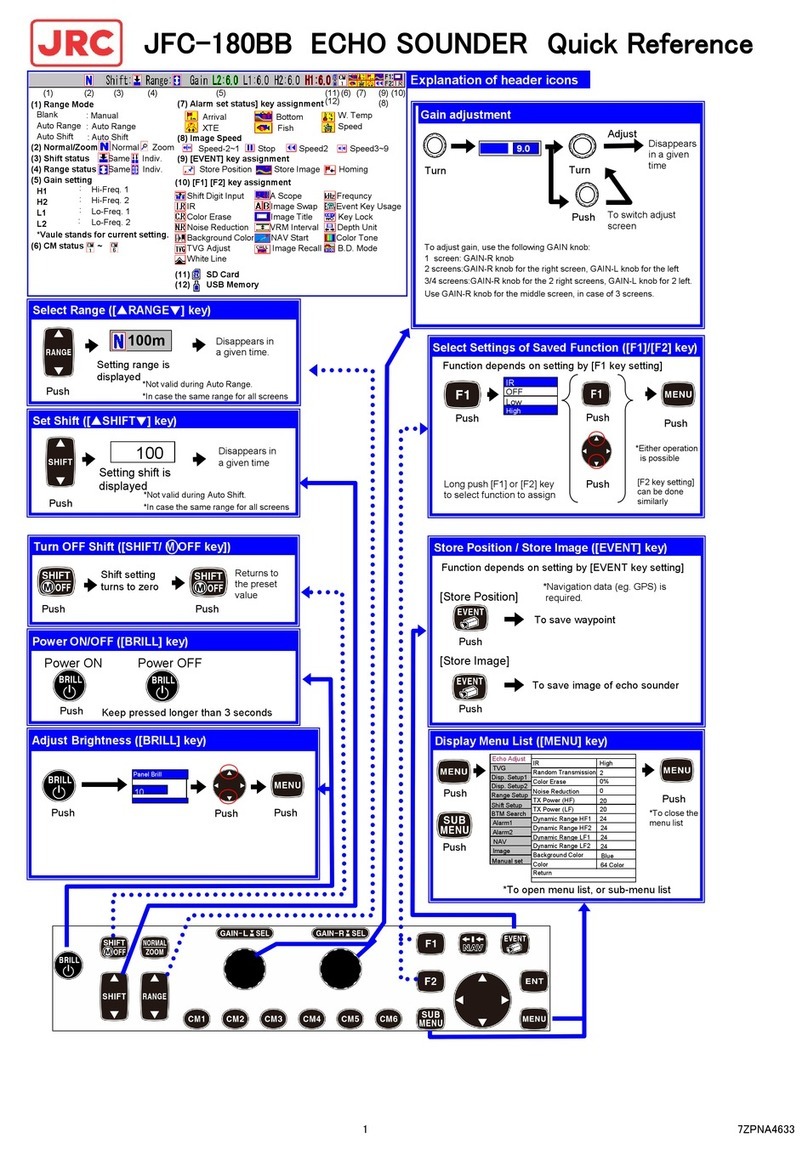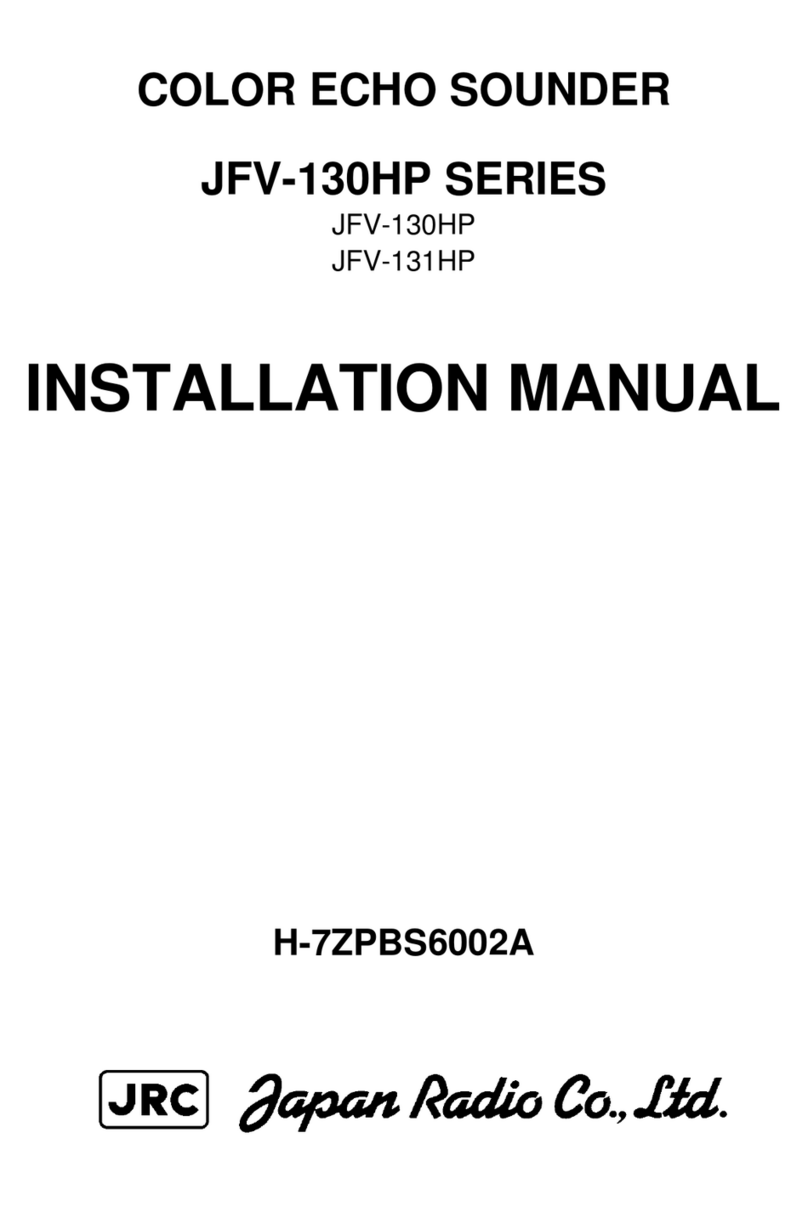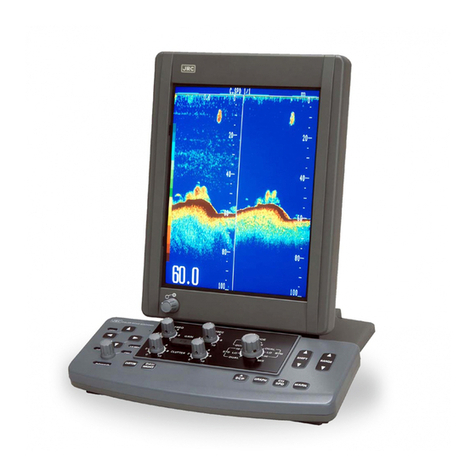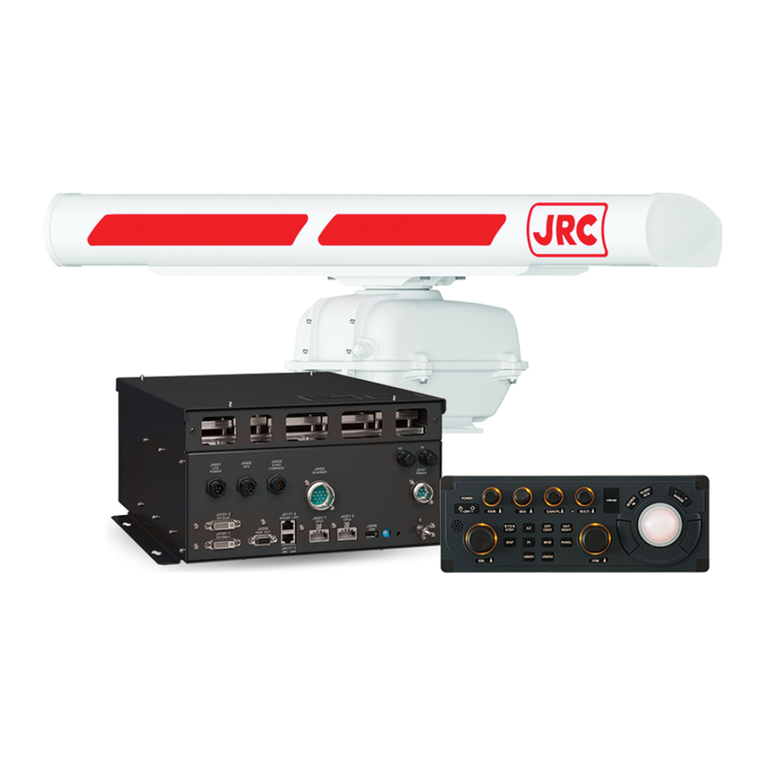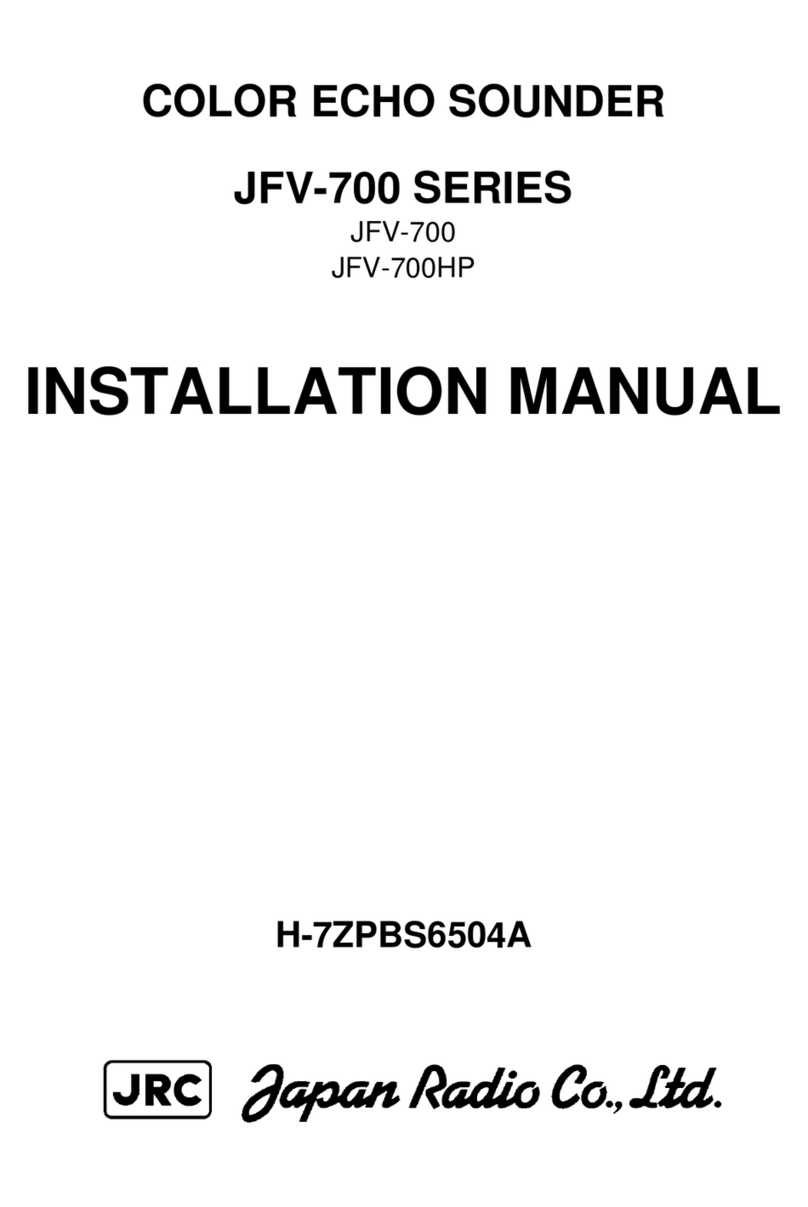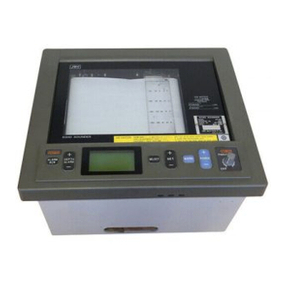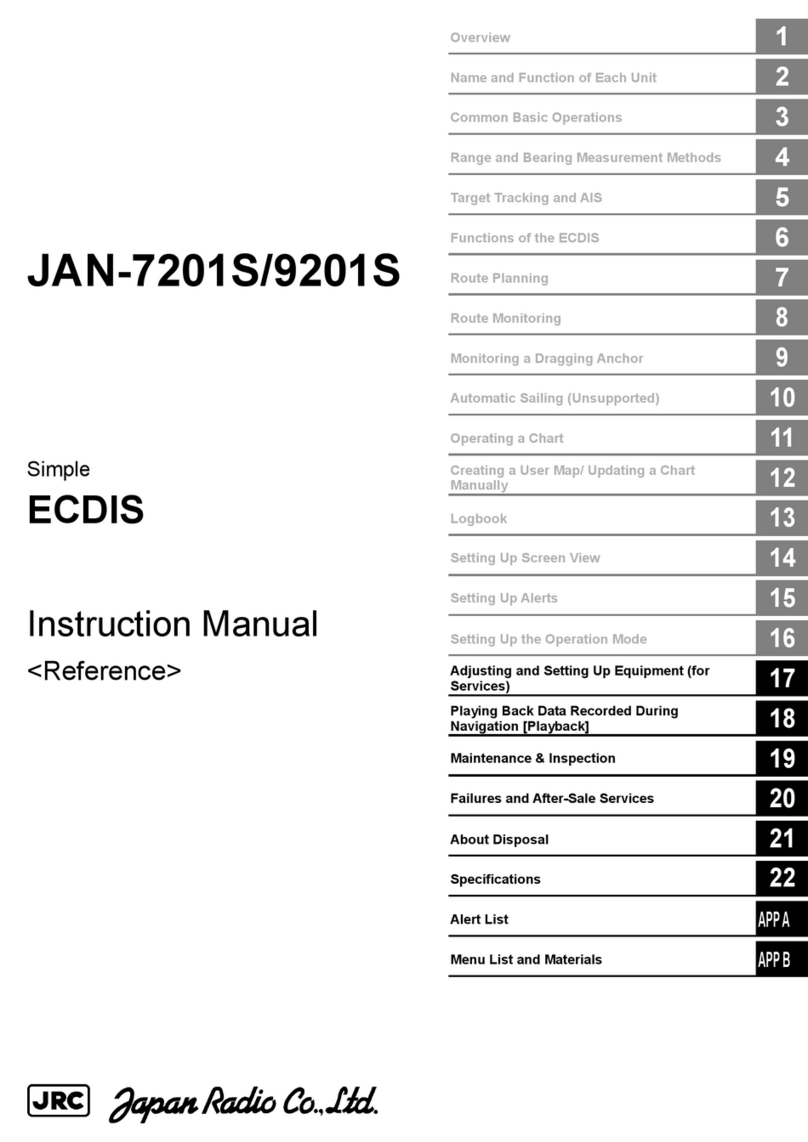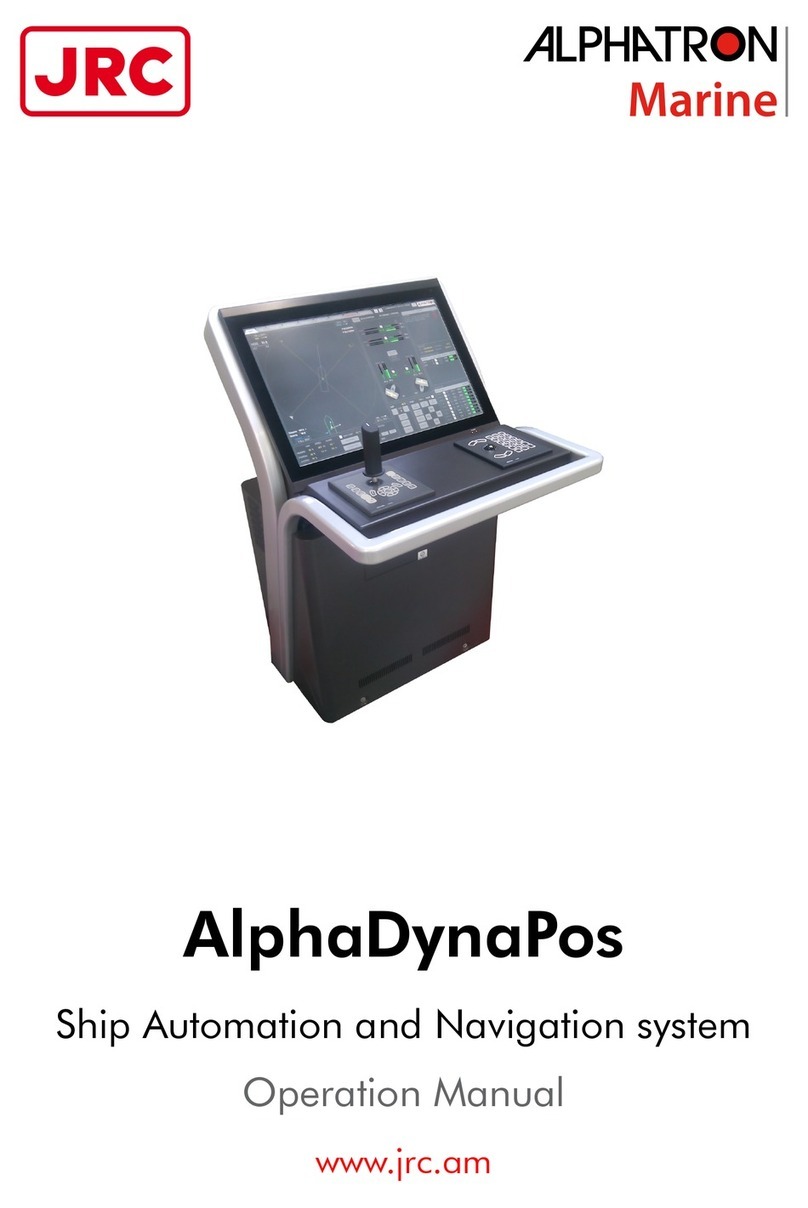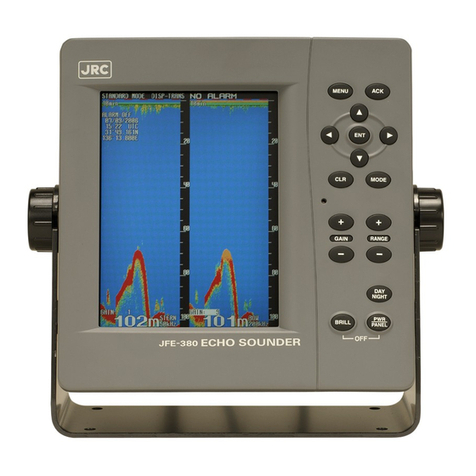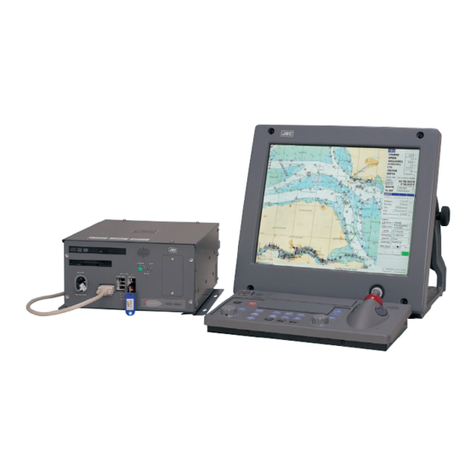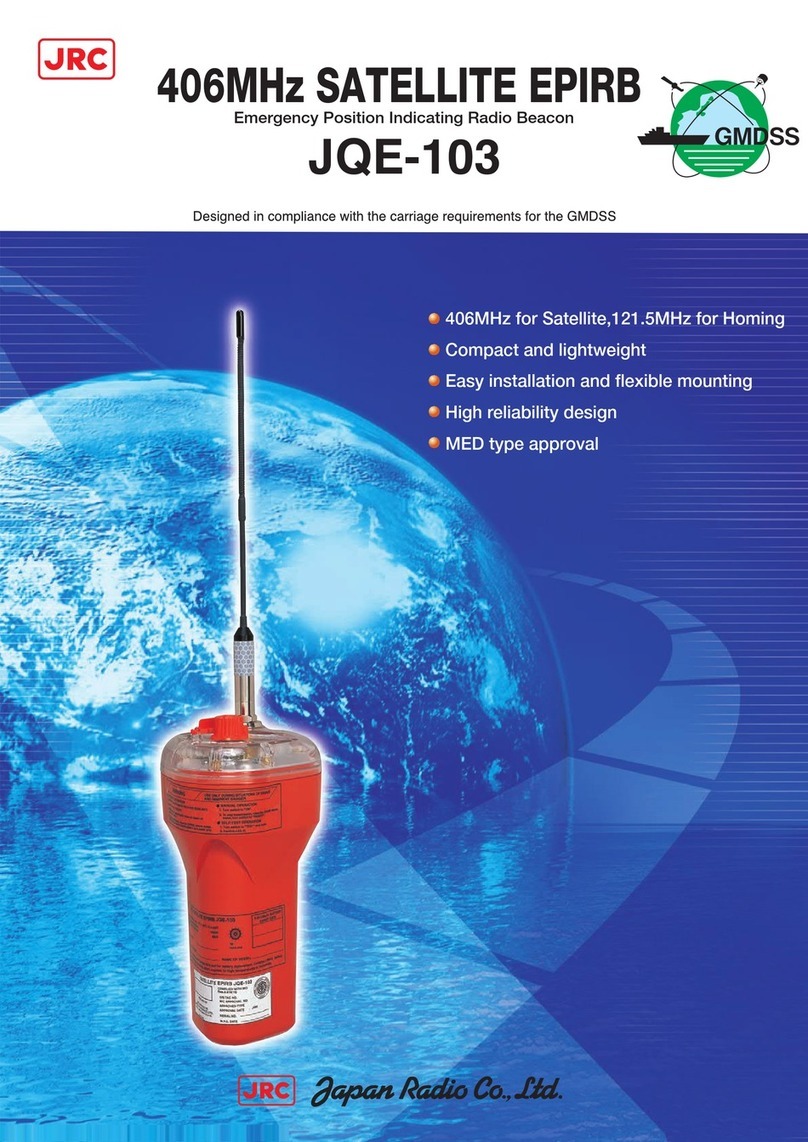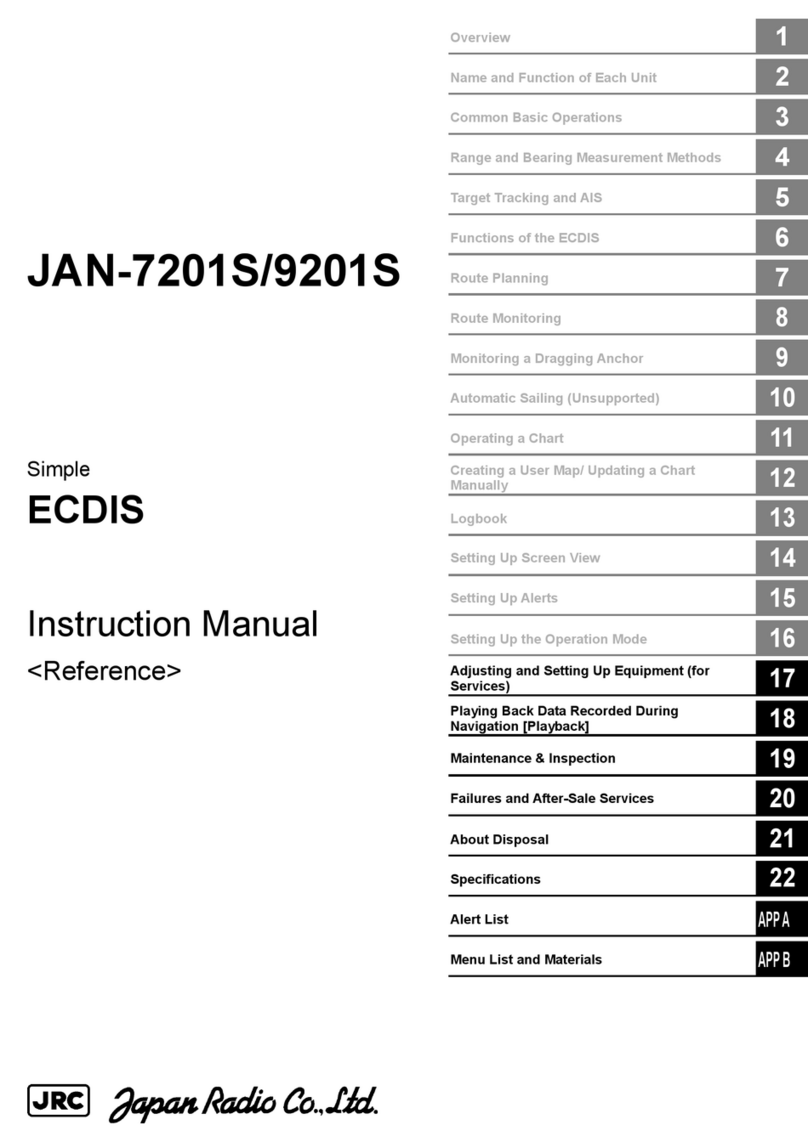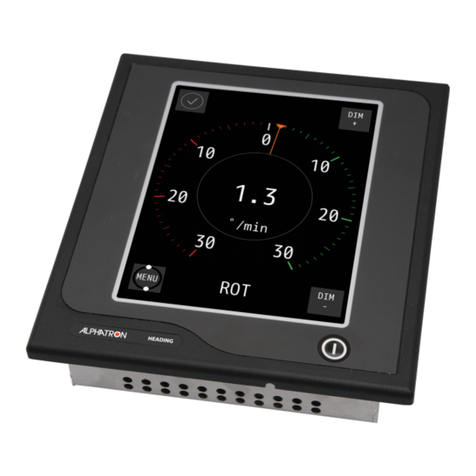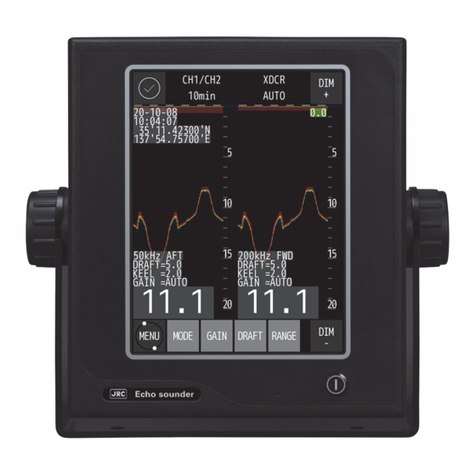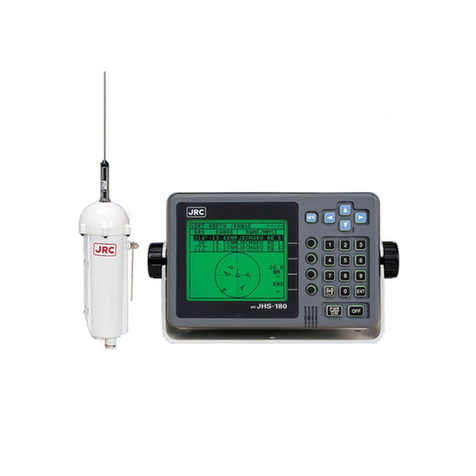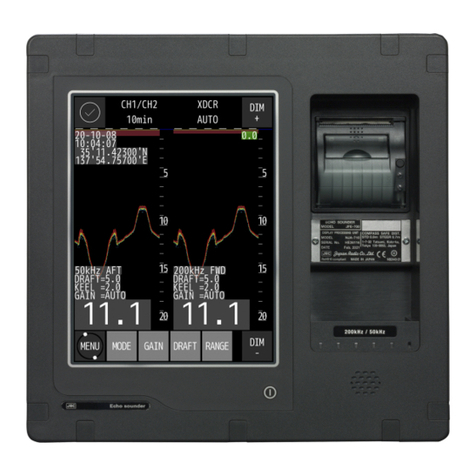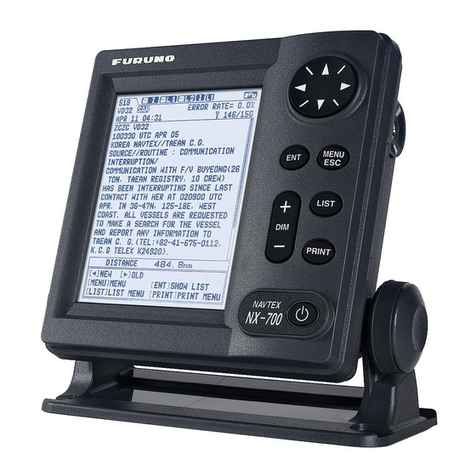Contents
I. Preface........................................................................................................................................4
Revision History...............................................................................................................................5
Glossary ..........................................................................................................................................6
Abbreviations..............................................................................................................................6
Definitions...................................................................................................................................7
II. Safety Information ....................................................................................................................11
III. Warranty...................................................................................................................................13
IV. About the manual .....................................................................................................................14
Intended readers...........................................................................................................................14
Manual overview...........................................................................................................................14
1 Introduction..............................................................................................................................15
2 AlphaPilot MFS Control Unit......................................................................................................17
3 Operating modes ......................................................................................................................21
3.1 Introduction ......................................................................................................................21
3.2 Standby (S) mode ..............................................................................................................22
3.3 FU (F) mode.......................................................................................................................22
3.4 Auto (A) control mode .......................................................................................................22
3.4.1 Introduction...............................................................................................................22
3.4.2 Enable Auto (A) control mode....................................................................................23
3.4.3 Steering in Auto (A) control mode..............................................................................23
3.5 Track (T) control mode ......................................................................................................25
3.5.1 Introduction...............................................................................................................25
3.5.2 Enable Track (T) control mode ...................................................................................25
3.5.3 Steering in Track (T) control mode .............................................................................25
3.6 Dodge (D) control mode ....................................................................................................26
3.6.1 Introduction...............................................................................................................26
3.6.2 Enable Dodge (D) control mode .................................................................................26
3.6.3 Steering in Dodge (D) control mode ...........................................................................26
4 Controls and functions ..............................................................................................................27
4.1 Turn on..............................................................................................................................27
4.2 Turn off .............................................................................................................................27
4.3 Enabling control ................................................................................................................27
